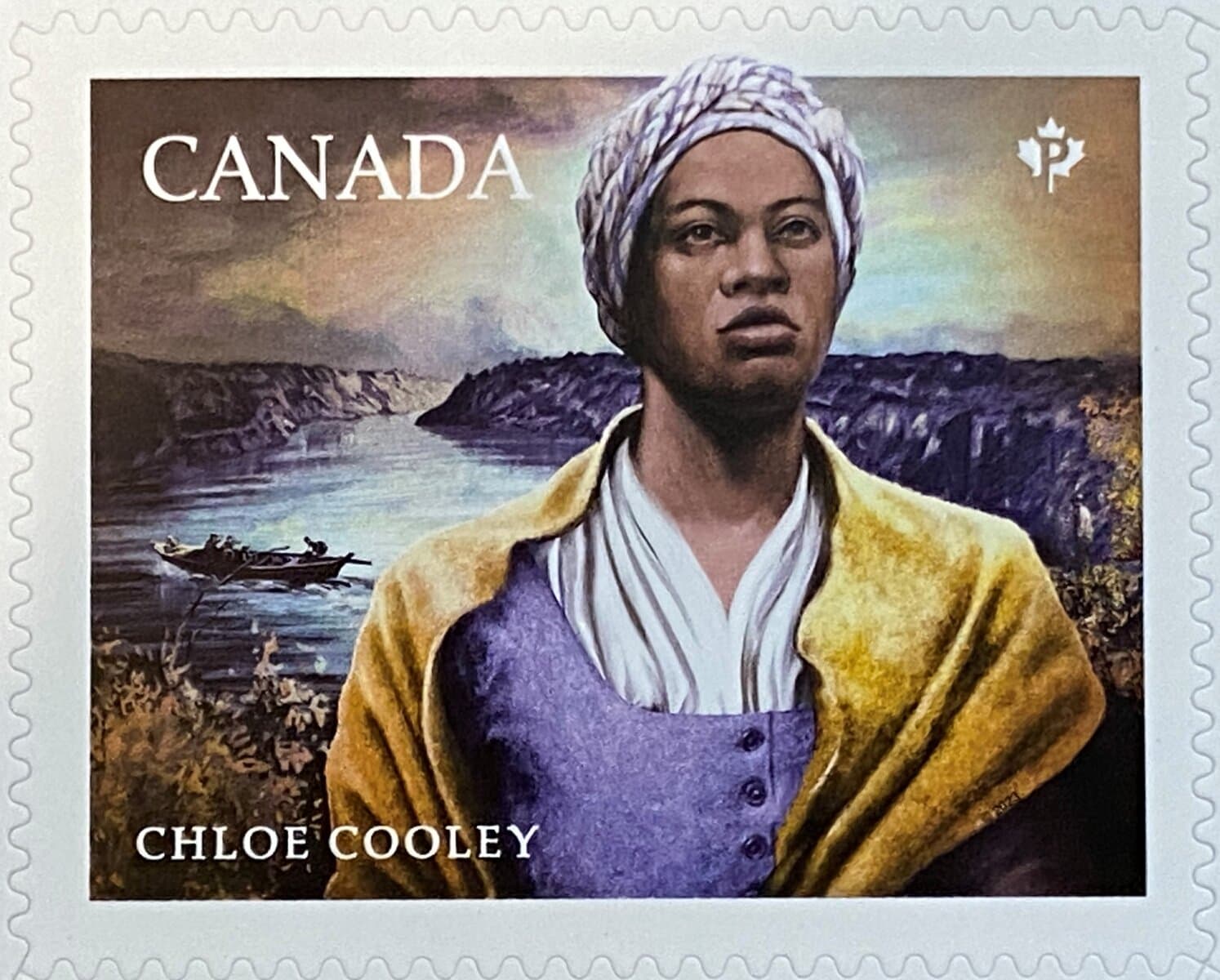Its plain appearance belies its significance and historical importance.
It’s a large metal plaque, almost identical to numerous other plaques erected around this historic town – and around the province.
This new plaque commemorating the capture and enslavement of Chloe Cooley, and the unprecedented response of the government of Upper Canada a few months later in July 1793, marks a time that, looking back, we as Canadians can be justifiably proud of.
While the 1793 Act to Limit Slavery should have been enacted years earlier and should have done more to outlaw enslavement, for the time it was landmark legislation, setting a precedent across what was then the British Empire.
Many of us see these historic reminders from days long past in our walks around town, in parks and public areas, and occasionally hidden away in corners where crowds rarely venture.
Unfortunately, sometimes they’re almost invisible to us – unnoticed as we go about our lives.
We certainly hope that doesn’t happen with the plaque dedicated to Chloe Cooley and unveiled in a ceremony this week here in Niagara-on-the-Lake.
This new plaque eventually will be erected at the Niagara River scenic lookout in Queenston, near Brock’s Monument, not far from where Cooley was captured and taken across the river to America.
We hope residents and visitors will stop by and take the time to absorb the gravity of what was happening – even in Canada – in that era more than 230 years ago.
The lookout offers an expansive view of the river and the lands that comprise Niagara-on-the-Lake. It’s a fitting location.
In fewer than 100 words, in both official languages, the plaque offers an essential reminder of yet another time this historic town played a significant role in world events.
Here is what is inscribed:
“In March 1793, Chloe Cooley, an enslaved woman of African descent living in Queenston, was violently seized, bound and transported against her will across the Niagara River to be sold in New York State.
She screamed and resisted but could not break free. Peter Martin, a Black Loyalist witness, brought the horrors of Cooley’s capture to the attention of the Executive Council of Upper Canada.
His testimony emboldened Lieutenant Governor Simcoe to pass legislation restricting enslavement, making Upper Canada a refuge for African American freedom seekers.
Her courageous actions exemplify the resistance of enslaved women.”











